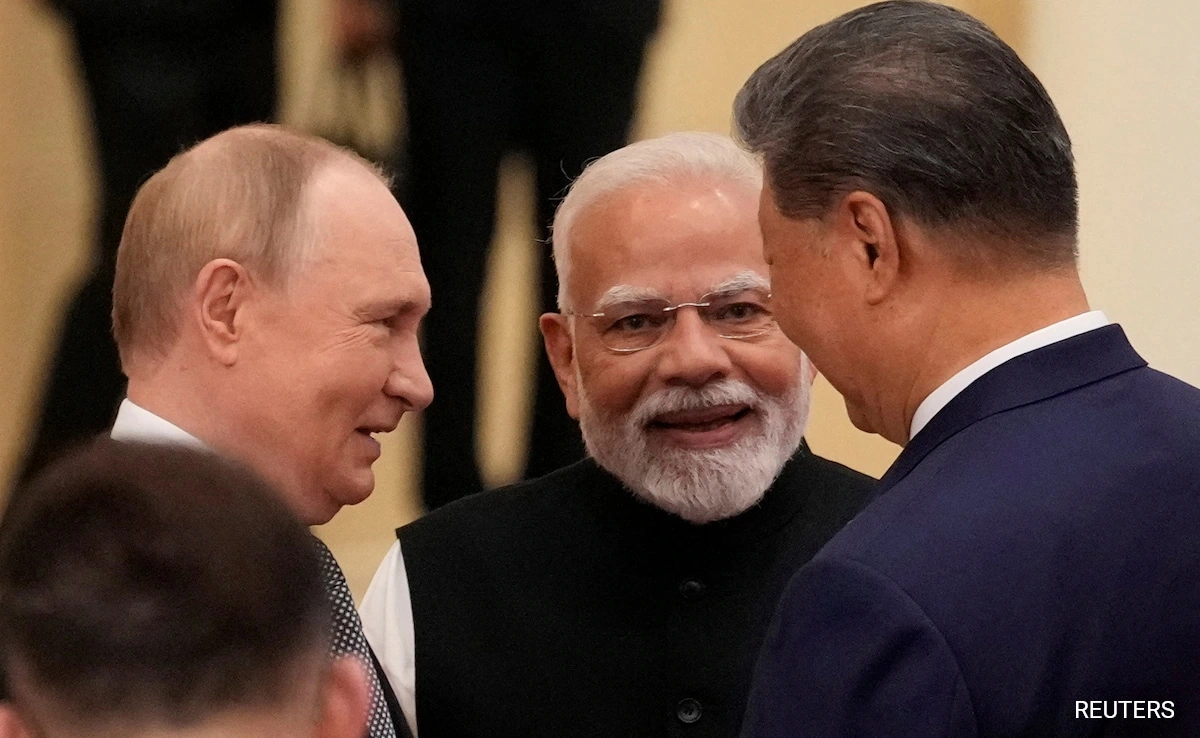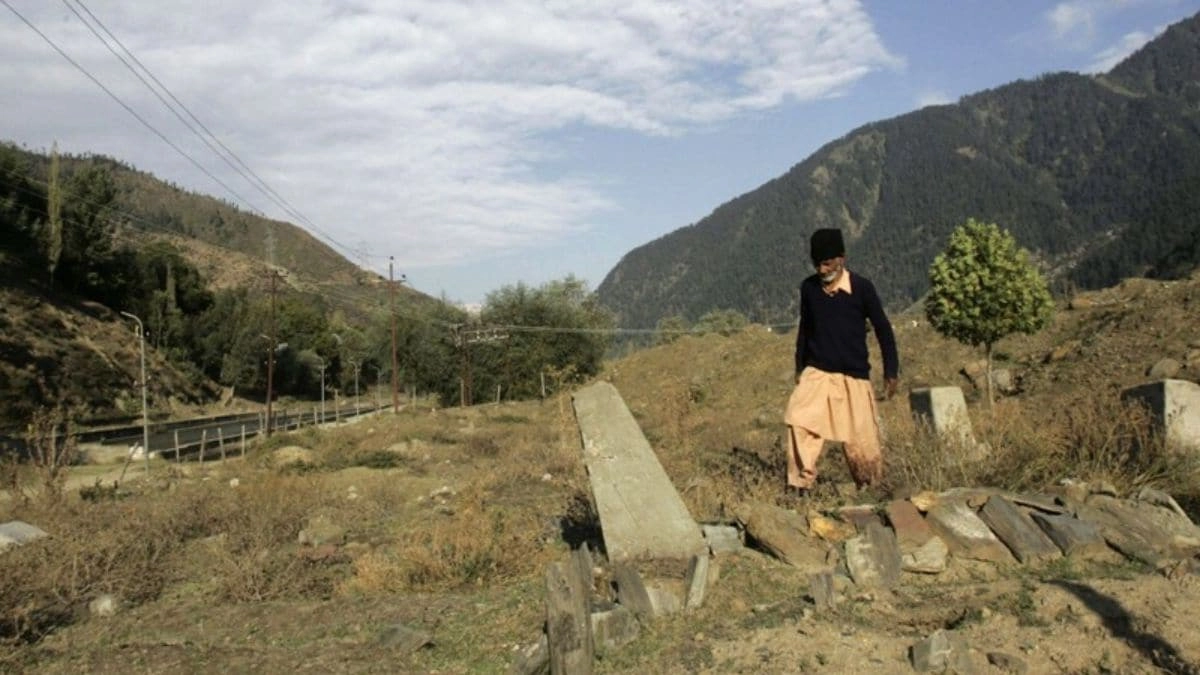The geopolitical landscape surrounding the United States, India, and their relationships with China and Russia has undergone significant shifts under the influence of former President Donald Trump’s administration. Trump’s approach to foreign policy, often characterized by a transactional nature and an “America First” doctrine, has led to a cooling of US-India ties. His administration’s emphasis on bilateral trade agreements and military cooperation did not always translate into the robust partnership many had anticipated. This has prompted Indian Prime Minister Narendra Modi to reassess India’s international alliances, particularly as India navigates its own regional challenges and aspirations.
In response to the perceived withdrawal of US support, Modi has turned towards China and Russia, seeking to strengthen ties with these nations. This shift is evident in India’s participation in multilateral forums alongside China and Russia, as well as in defense and economic collaborations. The historical context of India’s non-alignment policy, combined with its current strategic interests, positions India as a key player in balancing power dynamics in the region. Modi’s outreach to these nations is not merely a reaction to US policies but reflects India’s desire for a multipolar world where it can assert its influence.
Furthermore, the growing partnership between India and Russia, particularly in defense procurement, highlights the complexities of India’s foreign policy. As India seeks to modernize its military, reliance on Russian technology and weapons systems remains significant. Simultaneously, India’s relationship with China is marked by both cooperation and tension, especially in light of border disputes and regional security concerns. This delicate balancing act underscores Modi’s broader strategy of diversifying India’s international relationships, ensuring that India remains a pivotal force in global geopolitics.
As the international landscape continues to evolve, the implications of this shift in alliances will be profound. The warming of India’s ties with China and Russia could alter regional power dynamics, challenging US influence in Asia. It also raises questions about the future of the Quad alliance, which includes the US, India, Japan, and Australia, aimed at countering China’s influence. Ultimately, the interplay between US-India relations and Modi’s pivot toward China and Russia illustrates the complexities of modern diplomacy, where nations must navigate their interests amid shifting alliances and global challenges.




